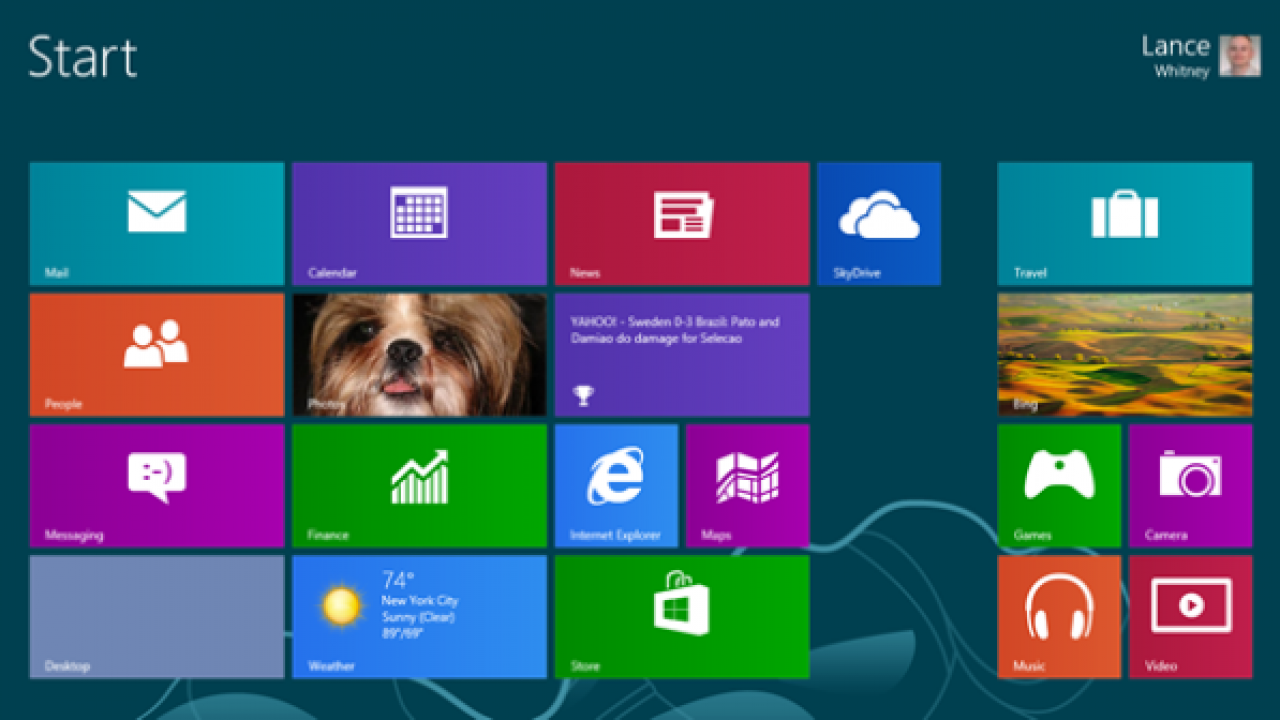Microsoft Looking to Bring Windows to the “Threshold”

Last week, word broke that Microsoft was seriously working to unify its divergent Windows platforms into one OS, an effort that would help customers and developers alike get more out of the operating system. Today, a post on ZDNet reports that the first step in those unification efforts is codenamed “Threshold,” and will start to roll out sometime in the spring of 2015.
The news comes by way of a memo sent to Microsoft employees from the company’s executive vice president Terry Myerson, which made its way via unnamed sources to ZDNet’s Mary Jo Foley. According to her post, Threshold isn’t quite a program or operating system—rather, it’ll be a “wave of operating systems across Windows-based phones, devices and gaming consoles.”
From what I can tell, Threshold will be a batch of updates to Microsoft’s various Windows-based operating systems that bring them closer together, allowing them all to better share the Windows Store and other important applications. But that’s just what Windows users on the consumer side will get out of Threshold—the post notes that Microsoft is “laboring to make the developer toolset for all three [Windows] platforms more similar.” That’s referring to the operating system behind the just-released Xbox One, the Windows Phone, and Windows 8.x for PCs.
Making it easier for developers to understand all the platforms more easily is a surefire way to guarantee that there will be more than enough apps for new users in the future. One of the biggest hurdles facing Microsoft and its mobile Windows platform is the relative dearth of apps available for its smartphones compared to those for Apple’s iOS and Google’s Android. Making the development side of things similar in process and style to that of the PC and the Xbox—two platforms that have no shortage of users and potential customers—will only benefit the comparatively sluggish mobile platform.
But until we hear more about Microsoft’s plans for 2014, we probably won’t know much more about Threshold, which the post says won’t start to roll out in earnest until a year after that. Even still, it’s heartening to hear that Microsoft’s aware of the drawbacks of having a fragmented OS. Let’s just hope that the company finds a way to compensate for those setbacks a little earlier than 2015.